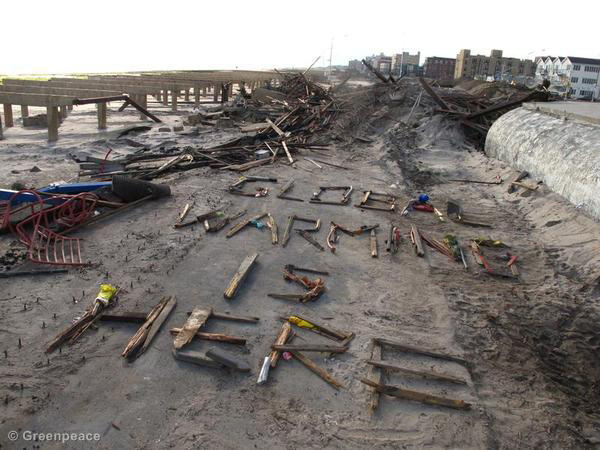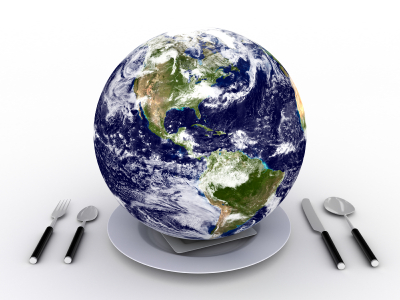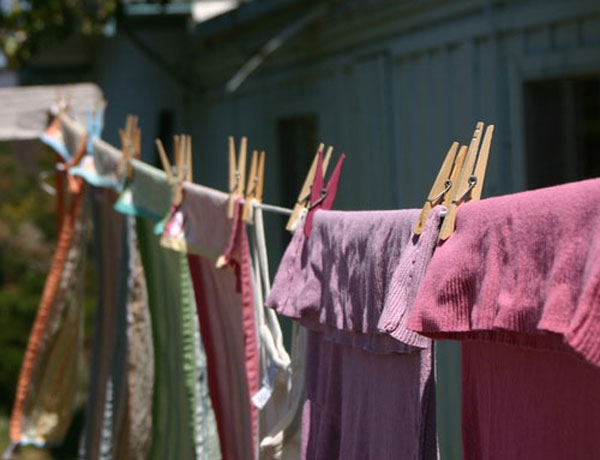Please take note: this event is happening globally today and tomorrow: Call me crazy, but when Al Gore talks about the environment, he makes me feel safer. (Please don’t send the elephants to trample me.) Gore’s message is like a reliable parent. In this role, he does not concede in the protectiveness of his message – the planet. Gore’s sheer doggedness may turn off some, but for me, his persistence is like a parent standing at the threshold of harm’s way.
As a parent, writer, teacher and clean air advocate, Gore’s given me the tools to talk to people about climate change. An Inconvenient Truth brought us a strong dose of reality. In fact, it’s grounded so many in their fight to protect our air, land and water for future generations.
5 Realities We Can Learn From Al Gore
1. “The climate crisis knows no political boundaries.”
Climate deniers on both sides of the political spectrum are putting the future at risk when they side with polluters. Check out who voted to block or delay efforts by the EPA to reduce carbon pollution. Here’s how it fleshed out in my state:
Polluter Contributions to Politicians in New York State: ?$1,015,554
Total Kids with Asthma in New York State: ?414,950
Check your state here.
2. “The global environment crisis is, as we say in Tennessee, real as rain, and I cannot stand the thought of leaving my children with a degraded earth and a diminished future."
Climate deniers would like us to believe the models that show the planet is warming are wrong. Thousands of scientists including Nobel laureates, defend climate science integrity
“There is compelling, comprehensive, and consistent objective evidence that humans are changing the climate in ways that threaten our societies and the ecosystems on which we depend…We are deeply disturbed by the recent escalation of political assaults on scientists in general and on climate scientists in particular.”
Read more at Climate Progress.
3. “…polluters and the deniers and their ideological allies are going to attack green jobs; they’re going to shift the national security argument to the exploitation of coal, tar sands, and shale….”
They already are. We keep hearing from some politicians that energy is a national security issue, or energy is a jobs issue as they chip away at the future of the planet. This is a well-financed disinformation and denial campaign that allows power companies to continue to pollute. It’s time for our politicians to advocate for clean energy initiatives.
4. “…people all around the globe living with the impacts of climate change will connect the dots between recent extreme weather events — including floods, droughts and storms — and the man-made pollution that is changing our climate.”
Hurricane Irene brought this issue too close to home for me, and I hope others will come to the conclusion that our weather has been impacted adversely by climate change.
5. “We have something that they don’t – Reality.”
Yes we do…and we have Al Gore fighting for a safer future.
Reality Rules!
Al Gore’s latest endeavor, The Climate Reality Project is planning an incredible event – spanning the globe for two days – September 14th &15th. I’m standing with the Climate Reality Project as they actively put our environment first. Will you?
Here’s more about the Climate Reality Project:
Watch the video
Spread the word
Take action





 It seems like one of the simplest of household tasks – hanging out the laundry to dry. But this mundane chore has received quite a bit of controversy. The politics of laundry drying has been the subject a New York Times
It seems like one of the simplest of household tasks – hanging out the laundry to dry. But this mundane chore has received quite a bit of controversy. The politics of laundry drying has been the subject a New York Times 